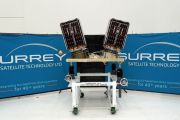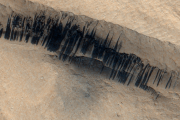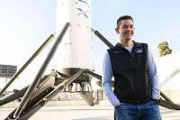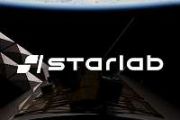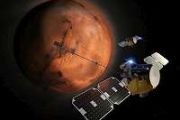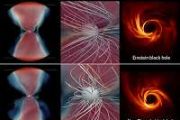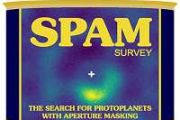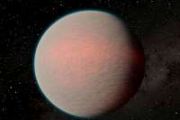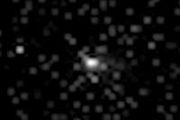
Copernical Team
DARPA-funded team proposes "sweating" hypersonic missiles to beat heat
 In a significant development to overcome the challenges posed by hypersonic missiles, the Defense Advanced Research Projects Agency (DARPA) has turned to an unusual but effective solution: making the missile "sweat." Researchers at the RTX Technology Research Center, under the guidance of John Sharon, are developing a cooling mechanism that leverages transpiration cooling channels in the tip of
In a significant development to overcome the challenges posed by hypersonic missiles, the Defense Advanced Research Projects Agency (DARPA) has turned to an unusual but effective solution: making the missile "sweat." Researchers at the RTX Technology Research Center, under the guidance of John Sharon, are developing a cooling mechanism that leverages transpiration cooling channels in the tip of NASA's Lucy spacecraft continues approach to asteroid Dinkinesh
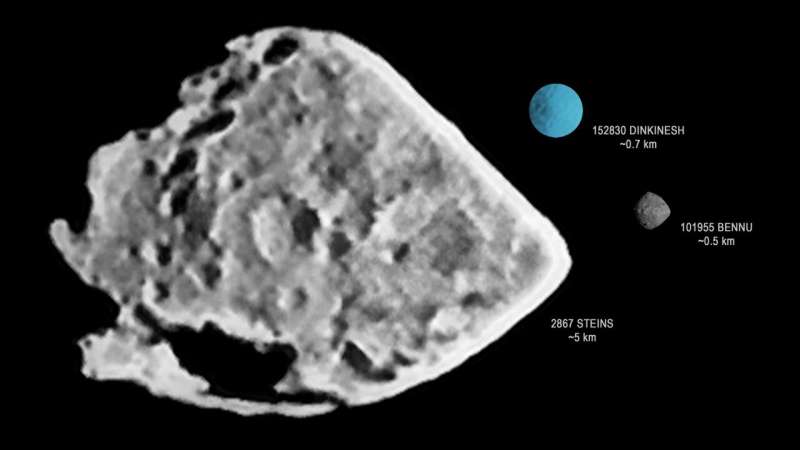
SpaceX launch today would equal Space Coast record for the year
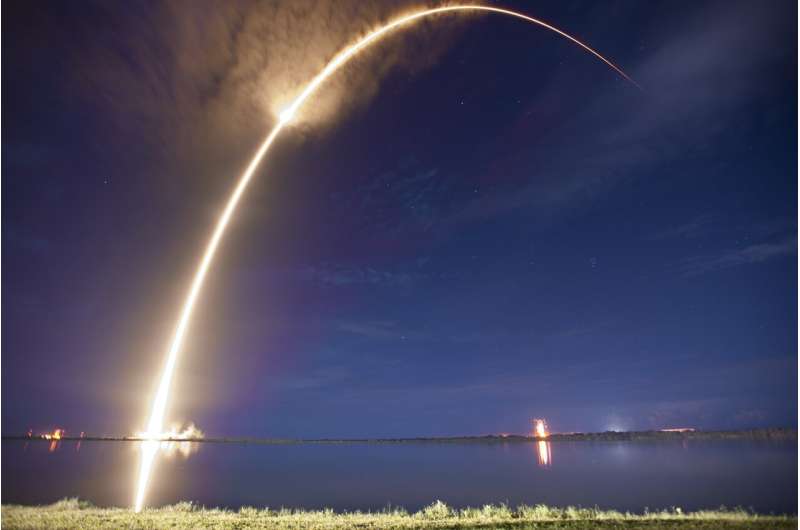
A planned SpaceX launch from Cape Canaveral Space Force Station on Tuesday would mark the Space Coast's 57th launch of the year equaling the record total seen in 2022.
A Falcon 9 with 22 of SpaceX's Starlink internet satellites is slated to lift off from Canaveral's Space Launch Complex 40 at 5:20 p.m. with five backup options from 6:11 p.m. to 8:48 p.m. and six backups on Oct. 18 from 4:55 p.m. to 8:23 p.m.
Space Launch Delta 45's weather squadron forecasts a 95% chance for good conditions, and 90% in the event of a 24-hour delay.
This is the first-stage booster's 16th flight with a planned recovery landing downrange on the droneship Just Read the Instructions in the Atlantic.
For SpaceX it would be the 53rd mission from either Canaveral or Kennedy Space Center this year while United Launch Alliance has flown three times and Relativity Space has flown once. SpaceX is the lone launch provider this year from KSC having flown 11 times while ULA, SpaceX and Relativity combined for what will be 46 launches from Canaveral.
NASA seeks development of universal payload interface
 NASA is calling on innovators to help solve some of the challenges in rapidly testing technology payloads across a wide range of commercial flight vehicles and test environments. As NASA explores the unknown in air and space, the agency is making increased use of commercial suborbital vehicles, spacecraft, and lunar landers to help advance new capabilities. However, the process to ensure payload
NASA is calling on innovators to help solve some of the challenges in rapidly testing technology payloads across a wide range of commercial flight vehicles and test environments. As NASA explores the unknown in air and space, the agency is making increased use of commercial suborbital vehicles, spacecraft, and lunar landers to help advance new capabilities. However, the process to ensure payload Vast $2 billion innovation hub is eyed at NASA Ames Silicon Valley complex

A vast $2 billion innovation hub is being eyed at the NASA Ames Research Center in Mountain View, a complex that's poised to become a birthplace for cutting-edge technologies.
UC Berkeley and SKS Partners, a veteran development firm, have teamed up to create what's being called Berkeley Space Center at NASA Research Park, officials said Monday.
"California's innovation and drive is not limited to Earth," Gov. Gavin Newsom said Monday.
The backers of the ambitious endeavor hope the space center will develop and create technologies in a wide array of fields.
"The joint venture is dedicated to identifying, incubating and launching technological breakthroughs across a diverse set of fields including astronautics, quantum computing, climate studies and the social sciences," UC Berkeley and SKS Partners stated on Monday.
The Berkeley Space Center is expected to total 36 acres including 1.5 million square feet of first-class offices and research spaces.
"This planned expansion of Berkeley's physical footprint and academic reach represents a fantastic and unprecedented opportunity for our students, faculty and the public we serve," UC Berkeley Chancellor Carol Christ said.
Vega VV23 liftoff
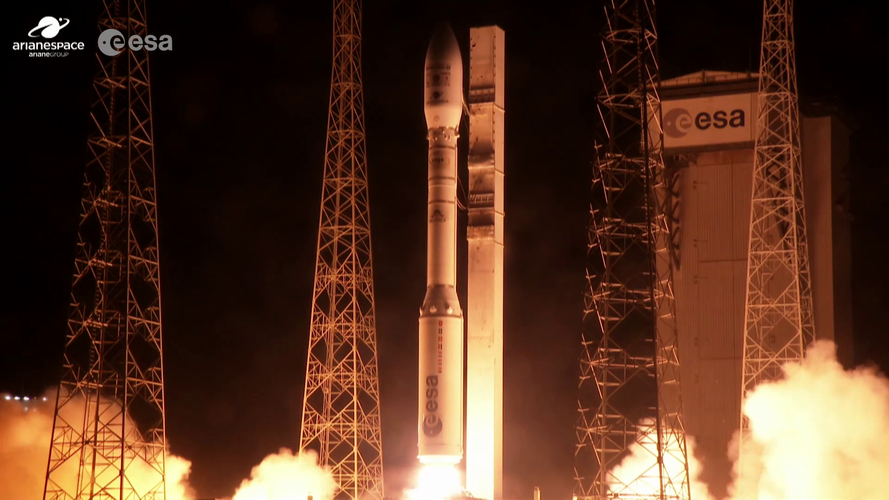 Video:
00:04:00
Video:
00:04:00
On 8 October at 22:36 local time (9 October at 02:36 BST, 03:36 CEST) the 23rd Vega flight saw 12 satellites launched into Earth orbit. The rocket’s main passengers were the Earth observing THEOS-2 satellite and the meteorological satellite Triton.
THEOS-2 (THailand Earth Observation System-2) is an observation satellite manufactured by Airbus in for the Geo-Informatics and Space Technology Development Agency of Thailand. THEOS-2 is the largest of the two satellites in the series and will provide the Ministry of Agriculture of Thailand with information on water resources, weather and land use for planning and management.
Triton (formerly known
Webb detects tiny quartz crystals in clouds of hot gas giant
 Catching a glimpse of one of the most common and familiar minerals on Earth rarely merits a Webb detects tiny quartz crystals in clouds of hot gas giant. Quartz is found in beach sands, building stones, geodes, and gem shops around the world. It's melted to produce glass, refined for silicon microchips, and used in watches to keep time.
So what's so special about the latest discovery from
Catching a glimpse of one of the most common and familiar minerals on Earth rarely merits a Webb detects tiny quartz crystals in clouds of hot gas giant. Quartz is found in beach sands, building stones, geodes, and gem shops around the world. It's melted to produce glass, refined for silicon microchips, and used in watches to keep time.
So what's so special about the latest discovery from Extreme habitats: Microbial life in Old Faithful Geyser
 An eruption of Old Faithful Geyser in Yellowstone National Park is a sight to behold. Indeed, millions of tourists flock to the park each year to see it. Hot water and steam are ejected in the air to a height of 100-180 feet approximately every 90 minutes. Many adjectives come to mind to describe it: powerful, mesmerizing, unique, otherworldly . . . homey? Not so much.
Yet new research by
An eruption of Old Faithful Geyser in Yellowstone National Park is a sight to behold. Indeed, millions of tourists flock to the park each year to see it. Hot water and steam are ejected in the air to a height of 100-180 feet approximately every 90 minutes. Many adjectives come to mind to describe it: powerful, mesmerizing, unique, otherworldly . . . homey? Not so much.
Yet new research by Taking a Rain Check: Sols 3977-3979
 Earth planning date: Friday, October 13, 2023: It's been an exciting week in space - Conor already mentioned the news from OSIRIS-REX on Wednesday and just before I logged on for my shift this morning the Psyche spacecraft launched. But the week isn't over and weekends on Mars have lots of room for excitement.
Wednesday's pre-drilling tests on target 'Sequoia' (shown in the image above) mo
Earth planning date: Friday, October 13, 2023: It's been an exciting week in space - Conor already mentioned the news from OSIRIS-REX on Wednesday and just before I logged on for my shift this morning the Psyche spacecraft launched. But the week isn't over and weekends on Mars have lots of room for excitement.
Wednesday's pre-drilling tests on target 'Sequoia' (shown in the image above) mo Lab instrument now on two-billion-mile journey to the metallic asteroid Psyche
 An instrument designed and built by Lawrence Livermore National Laboratory (LLNL) researchers departed Earth last week on a two-billion-mile, nearly six-year journey through space to explore a rare, largely metal asteroid.
The Livermore high-purity germanium (HPGe) gamma-ray sensor is an essential part of a larger gamma-ray spectrometer (GRS) built in collaboration with researchers from Jo
An instrument designed and built by Lawrence Livermore National Laboratory (LLNL) researchers departed Earth last week on a two-billion-mile, nearly six-year journey through space to explore a rare, largely metal asteroid.
The Livermore high-purity germanium (HPGe) gamma-ray sensor is an essential part of a larger gamma-ray spectrometer (GRS) built in collaboration with researchers from Jo 











